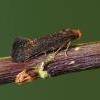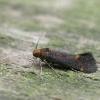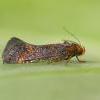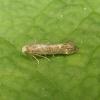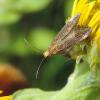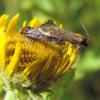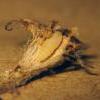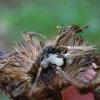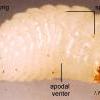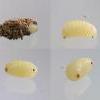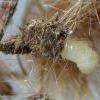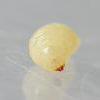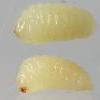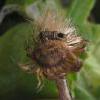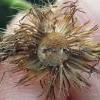Status and Distribution
Locally common in the Channel Islands, southern and south-eastern England northwards to south-west Yorkshire. More local elsewhere in England, north to south Cumbria and south Northumberland, and in Wales; scarce in Ireland and Northern Ireland.
This species was previously known as Apodia bifractella in North-west Europe until it was noted, in the Gelechiidae of North-west Europe (Gregersen and Karsholt, 2022), that the species present was A. martinii. In the Checklist of the Lepidoptera of the British Isles, second edition (Agassiz, Beavan and Heckford, 2023) it is noted that although this is the correct species name in NW Europe, the identity of specimens from the British Isles has yet to be confirmed.
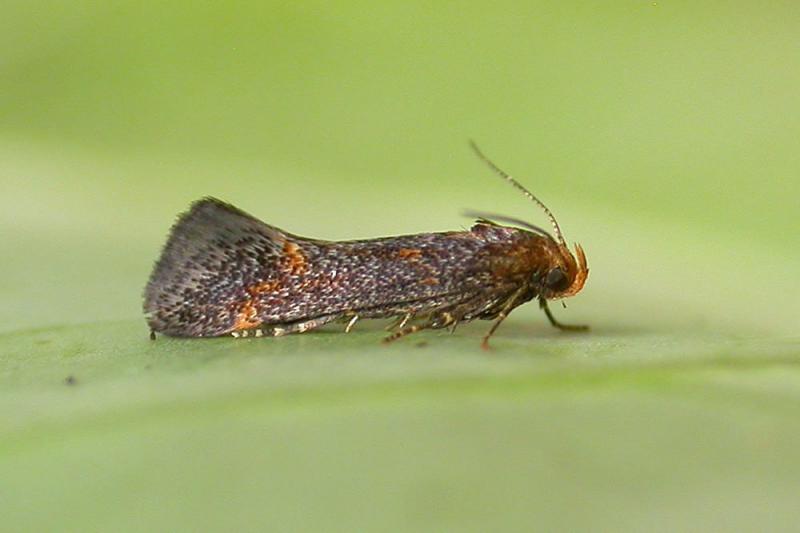
Provisional map
Foodplant and Larval Feeding Signs
Inula conyzae (ploughman’s-spikenard), Pulicaria dysenterica (common fleabane), see plant distribution map, or Tripolium pannonicum (sea aster); once on Solidago canadensis (Canadian goldenrod) Barnet, R. J. et. al. 2008. Adults have been seen on the flower-heads of Inula crithmoides (golden-samphire) and a garden Inula species but attempts to breed from collected seed-heads of the former have not produced any moths.
In Europe, also found on Inula hirta and I. salicina.
Some bunching of the florets may be visible in occupied seed-heads.
Habitat
Due to the range of larval food-plants utilised, the moth can be found over a wide range of differing habitats. These include open dry grassland on chalk and limestone, banks, quarries, roadsides, rough ground, open damp meadows, by rivers, streams, canals, ditches, dune-slacks and edges of saltmarshes.
Finding the Moth
Larva: feeds within the seedheads from October onwards and pupates within the feeding area from April to June.
Adult: flies in late afternoon sunshine, occasionally rests on the flower-heads of the larval food-plants and later comes to light. Adults have been found on the flower-heads of Inula crithmoides (golden-samphire) and a garden Inula species
Similar Species
The orange-yellow head and orange z-shaped fascia in the final third of the forewing make this a distinctive species. On occasions this species can have the dark brown of the forewing replaced with light biscuit-brown and the paler fascia absent or almost so. Such specimens may require dissection. Similar to the European A. martinii Petry but see below.
In Karsholt and Razowski, 1996, The Lepidoptera of Europe, a Distributional Checklist, the presence of Apodia martinii in Northern and Eastern Europe is reported although it goes on to say 'the status of martinii as separate from bifractella is still somewhat doubtful'. A search on the Fauna Europaea online checklist in 2016 reports that A. martinii is present in Germany and doubtfully present in Austria but there is no reference as to whether opinions have changed on the status of A. martinii since 1996.
Single brooded from mid-July to early September.
Earliest: 27th June 1937 (VC10)
Latest: 16th September 2000 (VC11)

